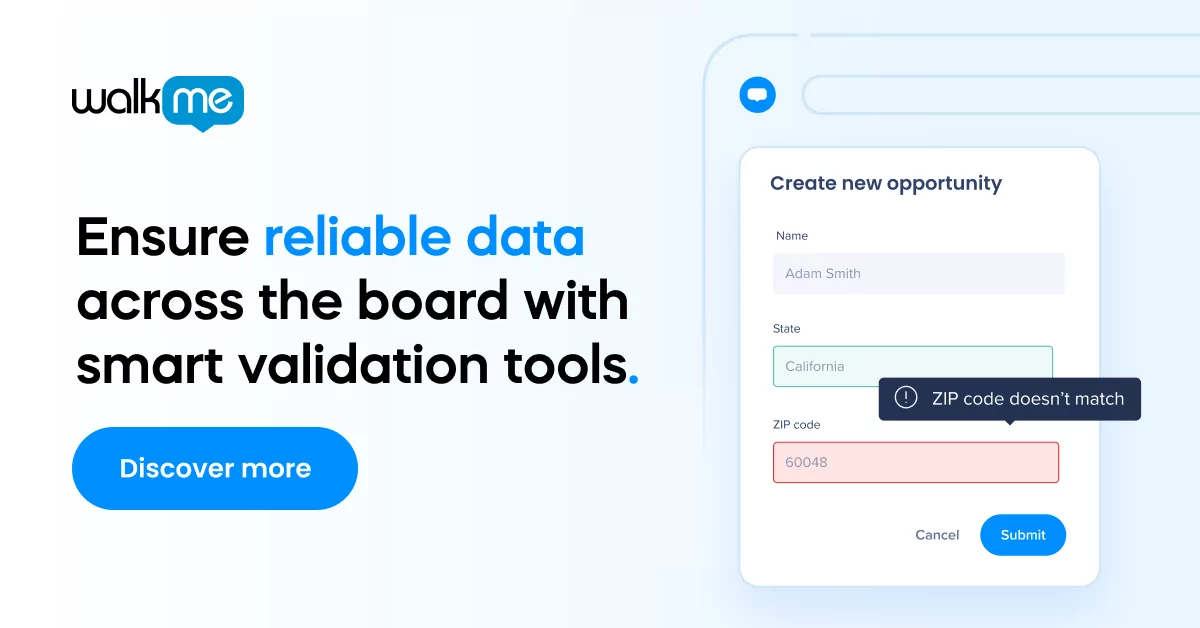Today, process improvement in healthcare depends heavily on adopting the right technologies and leveraging that technology to its fullest extent.
Just as electronic health records (EHRs) transformed the way medical facilities document and store patient data, modern health software is opening up new possibilities for the healthcare world.
Epic, for instance, is a complex application for healthcare providers that includes modules for a wide range of medical specialties, from anesthesia to wound care – and everything in between. The software can be used for patient record keeping, telehealth, patient communications, and much more.
Adopting such software applications can significantly improve an organization’s performance, efficiency, and, most importantly, its ability to deliver care.
Yet change does not come easy and it cannot happen overnight.
Below, we’ll look at a few tips and principles that help healthcare providers modernize their processes and transform operations for the digital age.
5 tips for leading digital change
The digital era has come quickly, but it is far from over.
To meet patients’ needs and continue delivering quality care in today’s digital world, healthcare providers must keep up with the trends that are reshaping the economy.
Here are five points to keep in mind when designing and leading digital change efforts:
1. Build continuous process improvement into the organization
Rapid organizational change is often difficult, costly, and taxing for everyone involved.
Unlike private companies, healthcare organizations cannot engage in radical overnight changes.
Healthcare organizations are extraordinarily complex and consist of many stakeholders who can have competing agendas, such as patients, doctors, nurses, organizational leaders, and more. At the same time, healthcare organizations must stay compliant with health laws and government regulations, which can make rapid change difficult, if not impossible.
When investing in digital transformation, therefore, it pays to take a long-term view and build continuous process improvement into the business, rather than planning major overhauls.
Gradual, ongoing changes are easier to implement and they are easier for both patients and employees to accept.
Since employee resistance is such a common obstacle when implementing change, it is important to develop strategies to minimize the impact of organizational shifts, such as continuous process improvement.
2. Cultivate a culture of learning
Organizational culture affects the performance and the outcomes of change programs.
Naturally, every organization’s culture is different and some are more flexible and agile than others.
However, humans as a whole – and especially employees – are resistant to change. Whether it be updated software applications or new business processes, they generally prefer to keep what is familiar. That resistance to learn can be deeply detrimental to change efforts.
One of the best ways to build a learning culture is by crafting a vision for culture change and earning support from leadership.
When leaders support a culture change effort, that effect is much more likely to ripple out through the rest of the organization.
3. Simplify technology adoption
Another aspect of process improvement in healthcare is actually changing the processes themselves.
Rather than treating digital change as a one-time event, digital adoption should become a permanent function within the organization.
Digital adoption strategies usually revolve around the implementation of digital adoption platforms (DAPs), software designed to provide live, contextual guidance to employees at the time of need.
DAPs offer self-service solutions that can fuel a culture of learning, simplify employee training, and streamline software implementation.
Christus Health streamlined technology adoption with WalkMe’s DAP, resulting in millions per year in improved payment outcomes, hundreds of fewer support calls per month, and much more.
Their director of learning experience, design, and technology was happy to share the benefits of implementing a digital adoption platform. “I would estimate 80-90% cost savings on our training post-WalkMe.”
4. Pay close attention to improvement teams
Every organizational change effort must be guided by a change team, or a process improvement team.
Since those teams are central to the implementation of change initiatives, it is crucial that they have the right tools, training, and skills to complete the job. The teams they employ, likewise, should also have the appropriate training.
One study of a hospital in Virginia found that a lack of skills and training was perhaps the biggest obstacle to successful change.
Upon evaluation of multiple projects over a four-year span at the hospital, reviewers acknowledged that although culture may have played a role in the success or failure of projects, they suggested that the right tools and training may have played an even more crucial role.
When building process improvement programs leaders should ensure that those change teams are properly enabled and have access to the relevant tools and resources.
5. Incorporate agile development into the service-delivery model
McKinsey, a global consultancy and research firm, advises healthcare organizations to consider adopting agile methods and customer-experience design.
Agile is a method built around rapid prototyping, adaptation, and responsiveness.
An agile organization is more product-oriented and, in the digital age, IT plays a more central role in delivering value to customers.
By leveraging data while designing services and solutions around the customer experience, healthcare organizations will be able to modernize their operations, improve business processes, and deliver better care to their patients.


